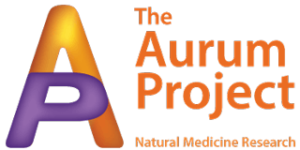The Aurum Project Homeopathy & Natural Health Book Barn
Postage
Orders above 5kg or International may incur an extra charge and we will contact you.
Refunds, Terms and Conditions and Privacy Policy click HERE

Orders above 5kg or International may incur an extra charge and we will contact you.
Refunds, Terms and Conditions and Privacy Policy click HERE

